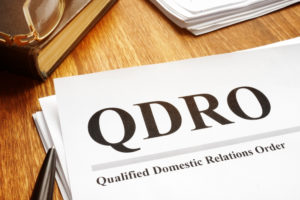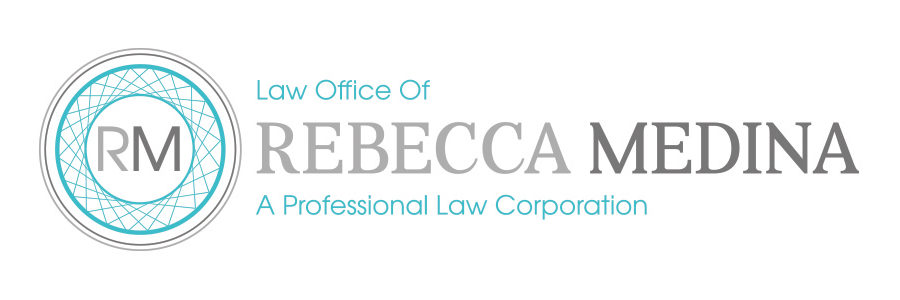A Qualified Domestic Relations Order, or QDRO (pronounced “Quadro”), is a “legal document, typically found in a divorce agreement or Judgment, that recognizes a spouse, former spouse, child, or other dependent is entitled to receive a predefined portion of the account owner’s retirement plan assets. This may sound complicated, but it is an instrument you will want to familiarize yourself with sooner rather than later if you are in the process of or contemplating a divorce. This is especially important for older couples who have accumulated assets over decades and pension benefits can have the most significant balances.

While a court must divide community property equally between spouses, with respect to retirement benefits, federal law prohibits certain types of retirement plans from paying benefits to anyone other than the employee spouse in the plan, or “participant.” A QDRO allows the retirement plan administrator to pay benefits to the non-employee spouse, or “alternate payee.” QDRO’s are not necessary to divide Individual Retirement Accounts (IRAs) or deferred annuities However, if you are dividing any of the following types of plans, you will need a QDRO:
- 401 (k), 403 (b), 457 plans
- Thrift plans
- Employee stock ownership plans
- Tax-sheltered annuities
- Business/corporate defined benefit or pension plans
Preparing a QDRO is not something you will want to do on your own. Even many family law attorneys will openly admit that they can’t prepare QDRO’s and will refer clients to an attorney engaged in the QDRO area. Trying to use a generic approach to drafting a QDRO does not take into consideration the potential legal and financial consequences of certain provisions. In addition, the rules governing retirement plans change from year to year. You will want your QDRO tailored to the particular plan in question. Failure to draft an adequate QDRO can result in an improper division of benefits, the loss of important rights and the potential for a total or partial loss of benefits upon the death of the participant.
In absence of a specific amount noted in the Marital Settlement Agreement, or final judgment, the QDRO preparer will use a formula that instructs the plan administrator how to compute the amount payable. QDRO’s are paid out in two main ways: shared payment method or separate interest method. In the shared payment method, the participant starts taking their payments and the alternate payee begins receiving their share as well. This can sometimes be problematic because the alternate payee is reliant on when the ex-spouse chooses to begin taking pension payouts. The separate interest method gives both the participant and the alternate payee their account share. This method lets both parties know the amount of the benefit as well as having control of when to begin receiving benefits.
It is important to seek legal counsel to ensure that the plan benefits are properly divided and to avoid delays and complications. For answers to your questions about obtaining a QDRO in your divorce, contact us at The Law Office of Rebecca Medina to schedule a consultation.

 About the Author: Rebecca Medina
About the Author: Rebecca Medina